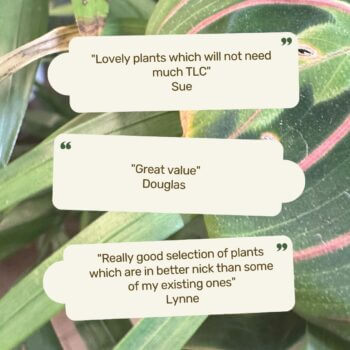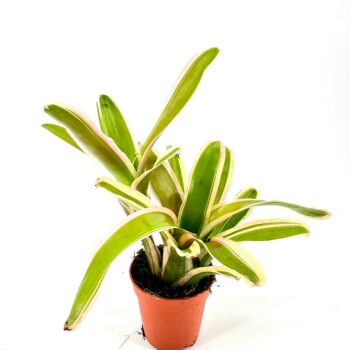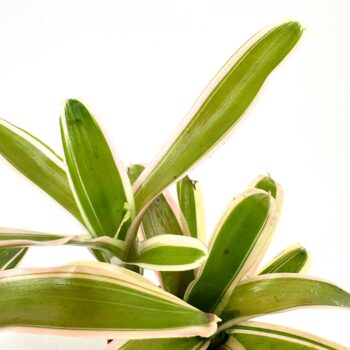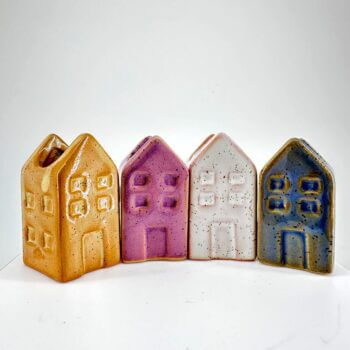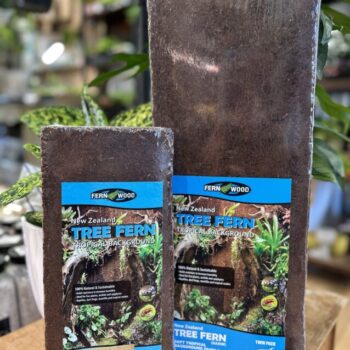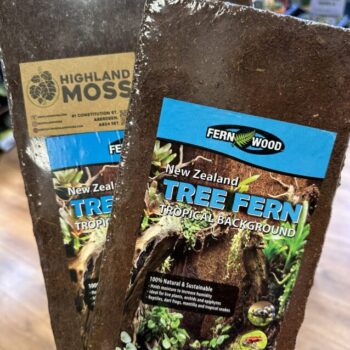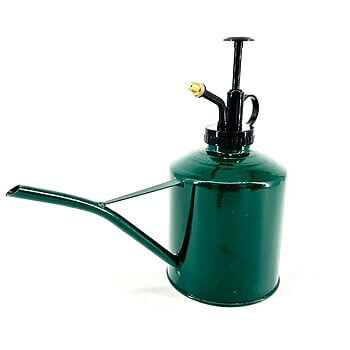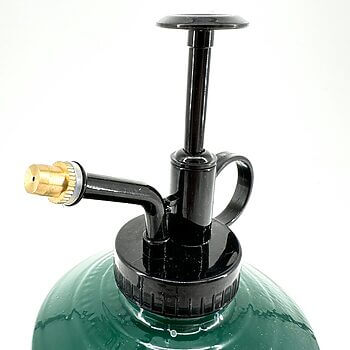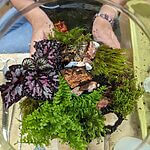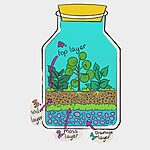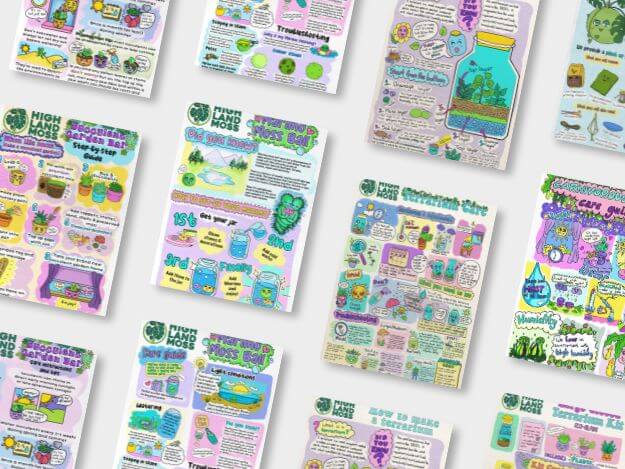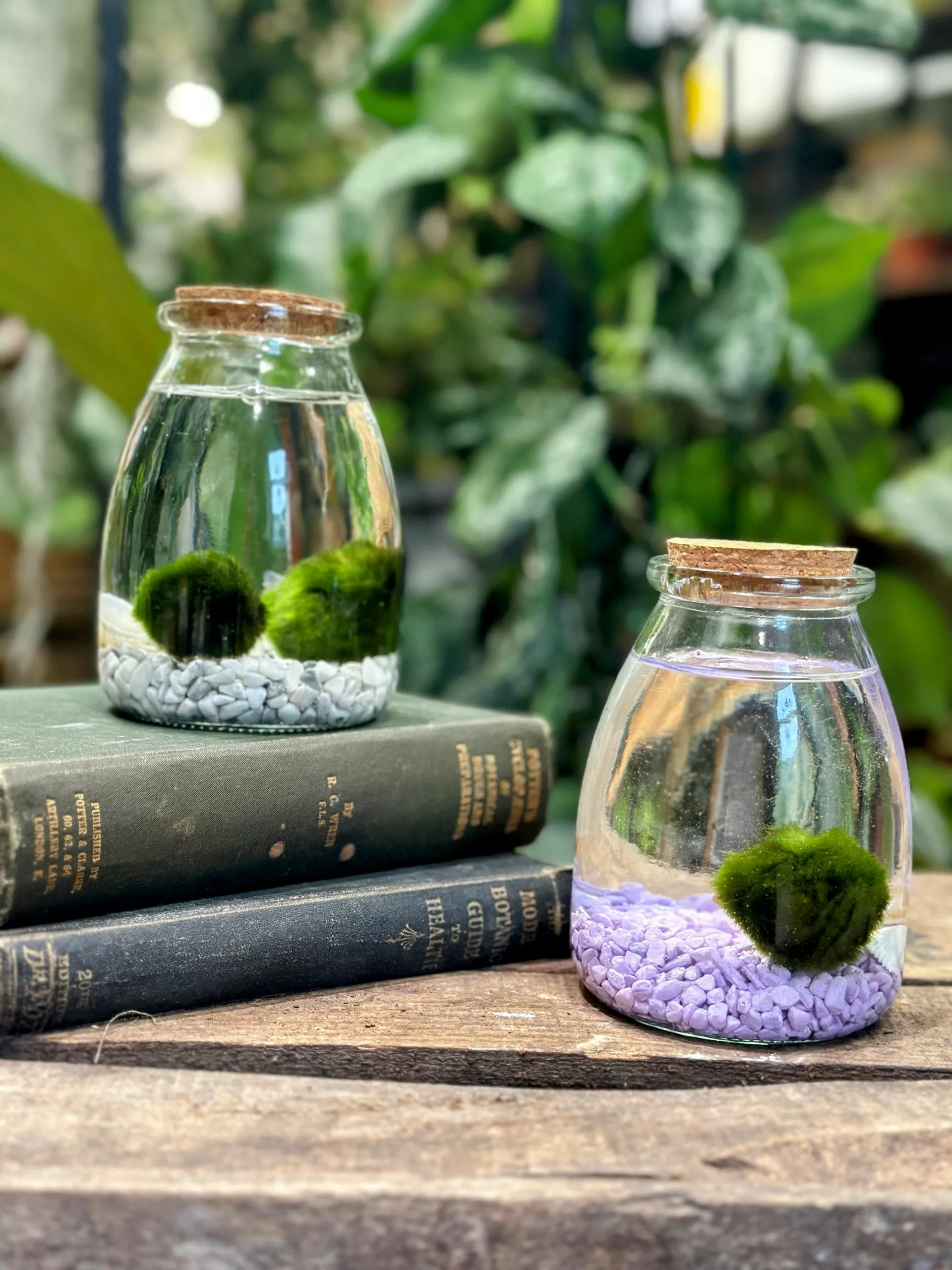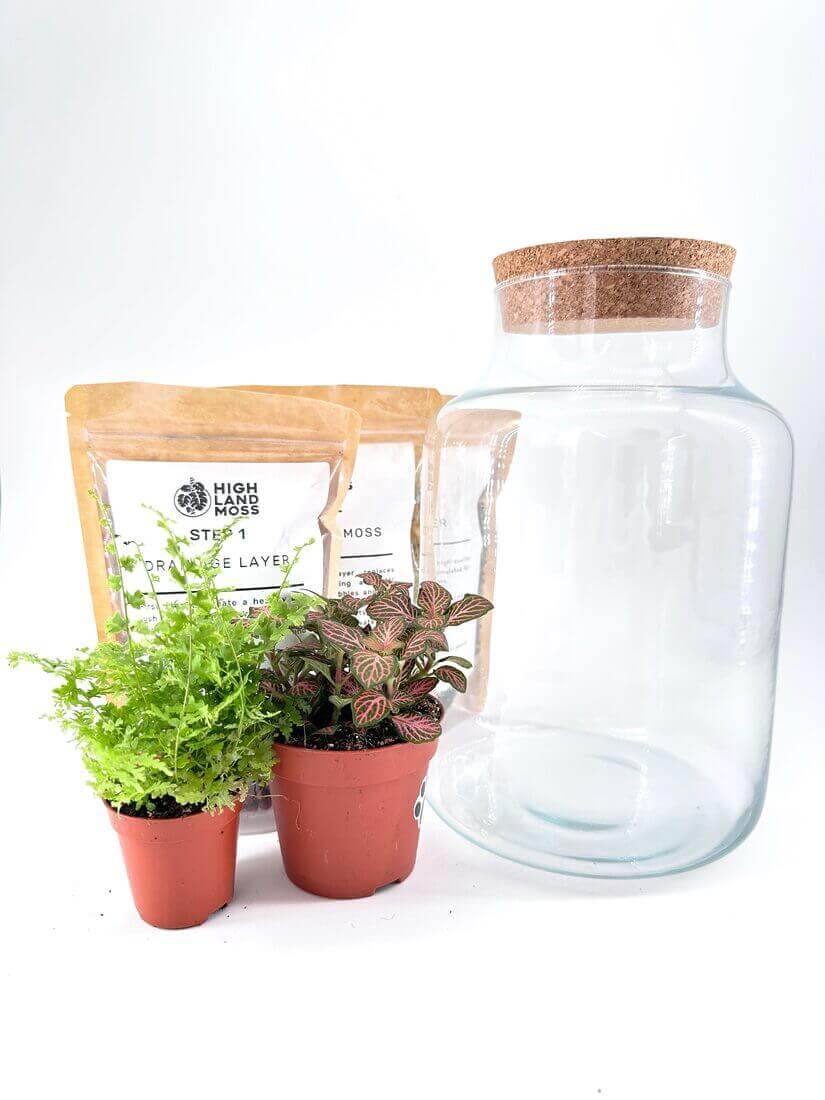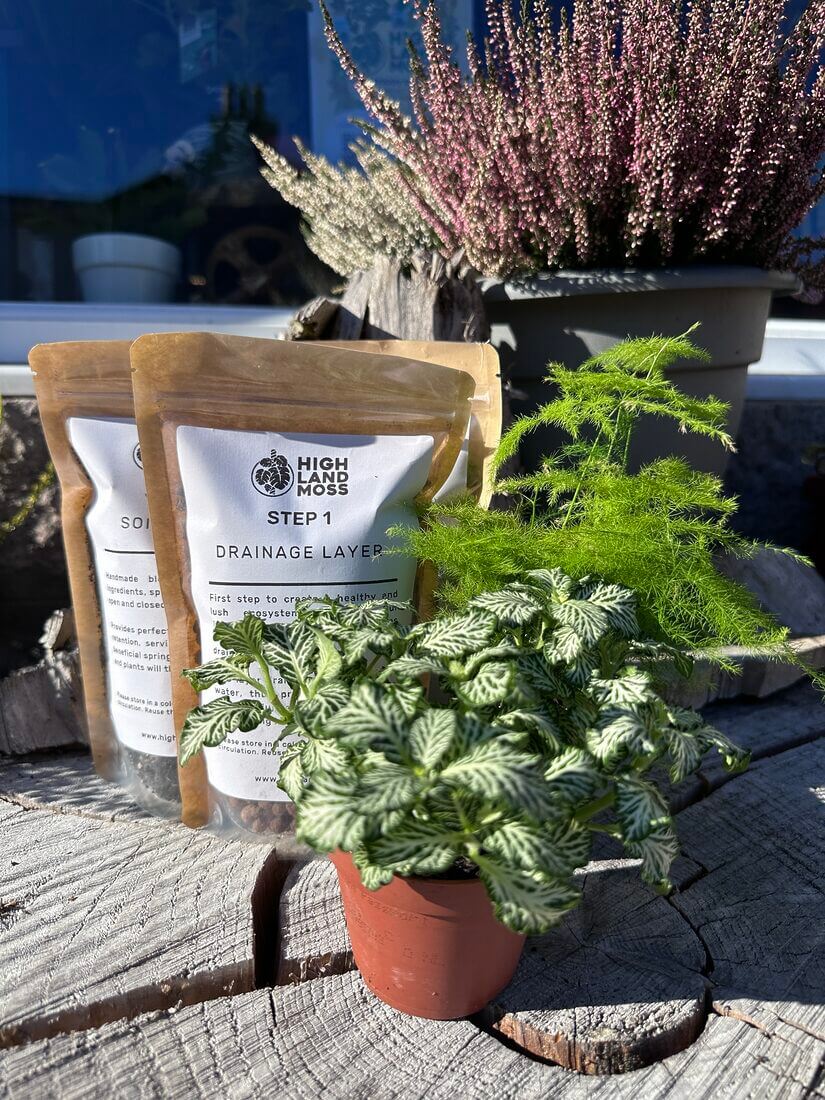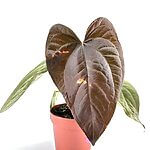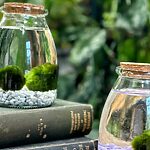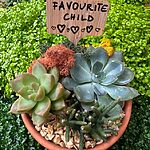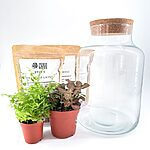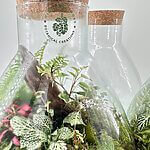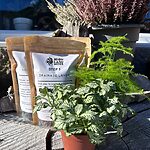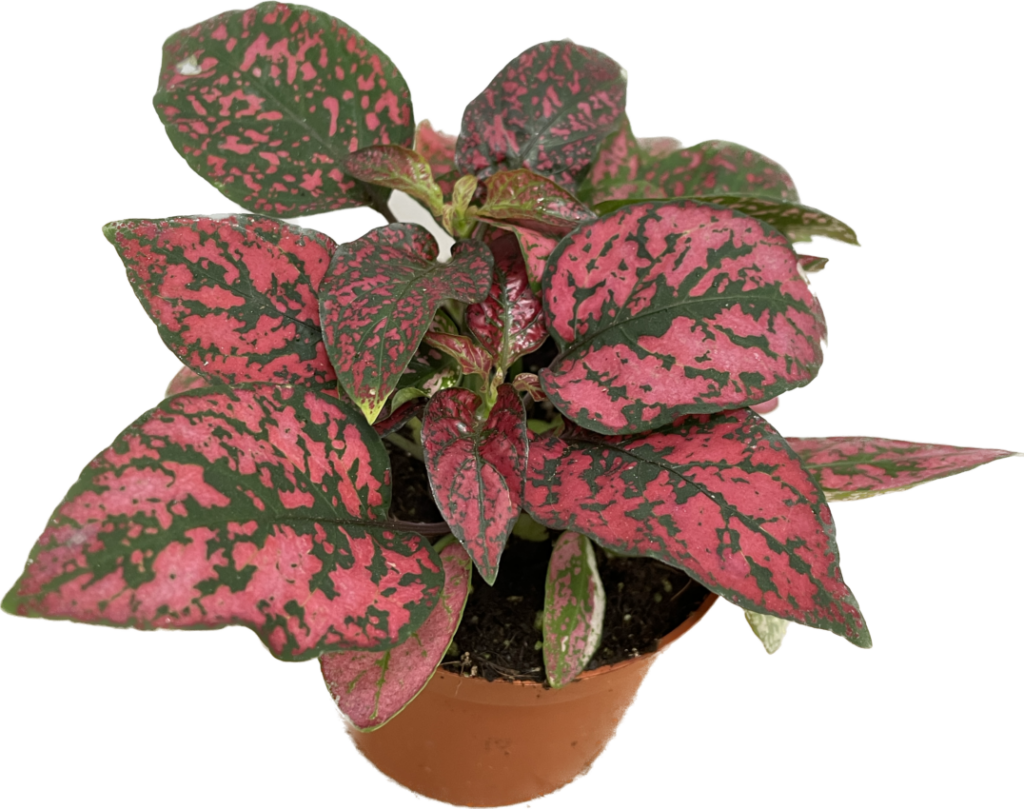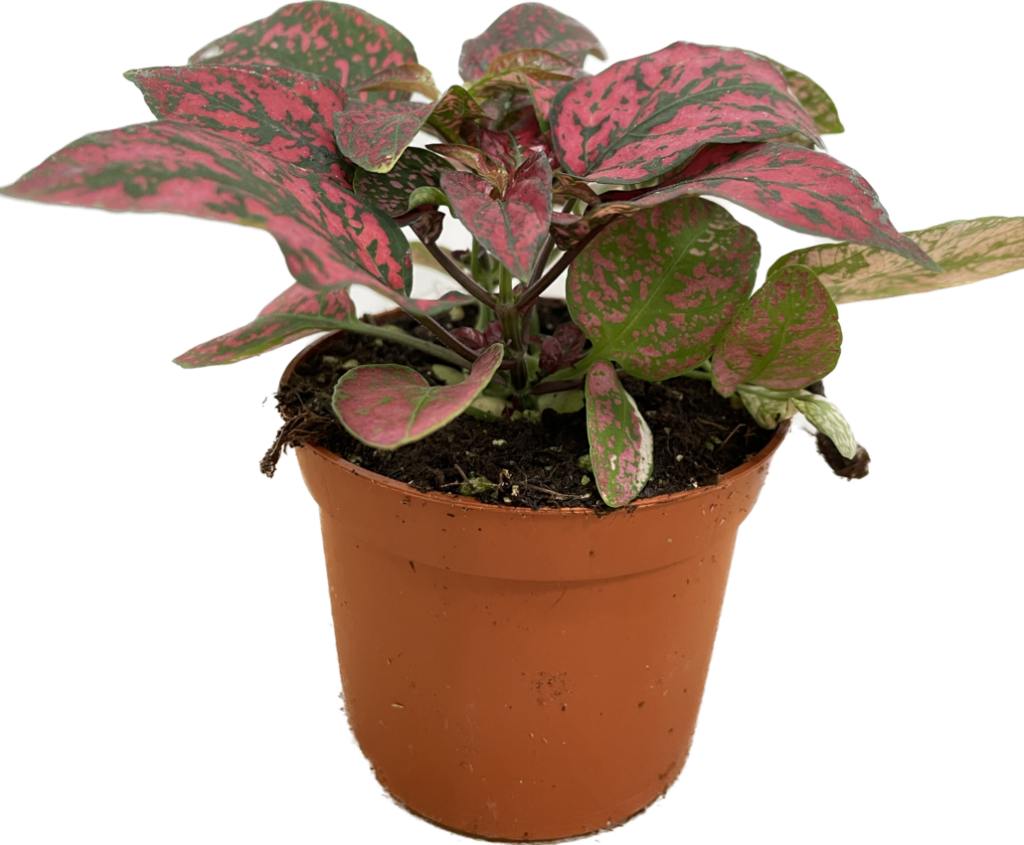Table of Content
- About
- Light
- Humidity
- Water
- Soil
- Pest & Diseases
- Feed
- Pruning & Propagating
- Repotting
- Troubleshooting & Tips
- Toxicity
- Species
- Hypoestes Phyllostachya Polka Dot Plant
About
Hypoestes are colourful and decorative little houseplants. Their small compact size has made them perfect for a number of different spaces, so whether you’re lacking space or you need a dash of colour to brighten up your desk. These gorgeous low-maintenance plants make for a perfect plant companion.
With over 150 different species Hypoestes can be found far and wide around the Indian Ocean inhabiting the tropical and subtropical areas of the region. This diverse and vividly cloured plant belongs to the Acanthus family called Acanthaceae, the keen eye may have already spotted this, but they are close relatives of Fittonia or the Mosaic Plant which are classified in what is known as a subtribe.
Commonly known as the Polka Dot plant due to the sporadic nature of its variegation, Hypoestes produces beautiful leaves in a number of deep reds, pinks and greens. They produce delicate compacted leaves which stay relatively small throughout the lifetime of the plant. In a lot of warmer climates, these plants are grown outdoors bringing a great variety of colours to the garden. However, in Australia, the growth conditions are so good that this plant has been classed as an invasive weed spreading across large areas and sneaking unwantedly into gardens.
Hypoestes make for a great beginner plant for all ages. It’s easy to care for, stays small and compact and is not overly fussy about its conditions. While you do need to be careful not to miss watering for too long, they are most forgiving.
Water when the top 2-3cm of soil is dry.
Light
Hypoestes prefer an abundance of bright indirect light. This will help to maintain the bright colours of its leaves and help it look its best. You will soon be able to tell if your plant isn’t receiving enough light as the colours will start to become muted and dull and the growth will start stretching towards the nearest source of light causing the plant to become leggy and sparse.
The leaves of these plants tend to be rather delicate and will not respond well to direct sunlight, this will quickly cause damage to the leaves leaving them with scorch marks that will not recover.
Humidity
Hypoestes prefer slightly higher than average humidity and ideally, would like to be kept around 50% humidity at all times. The average household is around 40% humidity however the small difference won’t cause them to show many signs of distress. With regular misting, you can easily keep them sitting in their preferred humidity range.
Pro Tip
The best way to maintain high humidity is to use a humidifier placed about a meter away from your plant to provide high ambient humidity. Alternatively, you could place your plant on an undertray filled with coya pebbles or small stones that are sitting in a shallow layer of water. Make sure the plant is not submerged in any water as this can lead to root rot. As the water from the undertray evaporates from the surface of the pebbles or stones it will keep humidity levels high exactly where you need it most.
Water
Hyposestes are often small plants that come in small pots meaning they tend to dry out quickly, especially during the warmer months. They like their soil to be kept on the moist side somewhere between well-watered and not saturated.
Always try to avoid letting this plant dry out completely! Fully dried-out soil that has shrunk away from the edge often means bad news for the Hypoestes. They are delicate plants and if they lose too much moisture they can collapse quite quickly.
Top Tip
Always water from the base of the plant. Sitting your plant in an under tray and allowing it to absorb water from the base will reduce the risk of overwatering and is a good preventative measure for fungus gnats. Remember to always set a timer from the minute the plant goes in the water, we don’t want any forgotten casualties on our hands.
Pro Tip
Before you water your plant, take note of the weight of the pot. Once you’ve watered the plant, try to notice the difference in weight from before. Now you can quickly tell if your plant needs water by just lifting it up.
Soil
Hyposestes prefers well-drained soil that can retain moisture between watering. The ideal soil mix for them will be nutrient-rich, allow for good aeration, be slightly acidic, and free-draining with a smidge of water retention.
Most houseplant potting mixes will be sufficient, but you can always add perlite for some additional drainage, and vermiculite for added water retention. With a combination of these, you can provide the best environment for your plant to thrive.
Pest & Dieases
It is good practice to regularly check your plants for any signs of aphids, red spider mites, mealy bugs, and thrips. You may notice some signs of distress and allow yourself time to prevent a full-blown attack.
The most common pests that are attracted to Hypoestes are aphids and mealybugs which are often easier to spot on smaller plants.
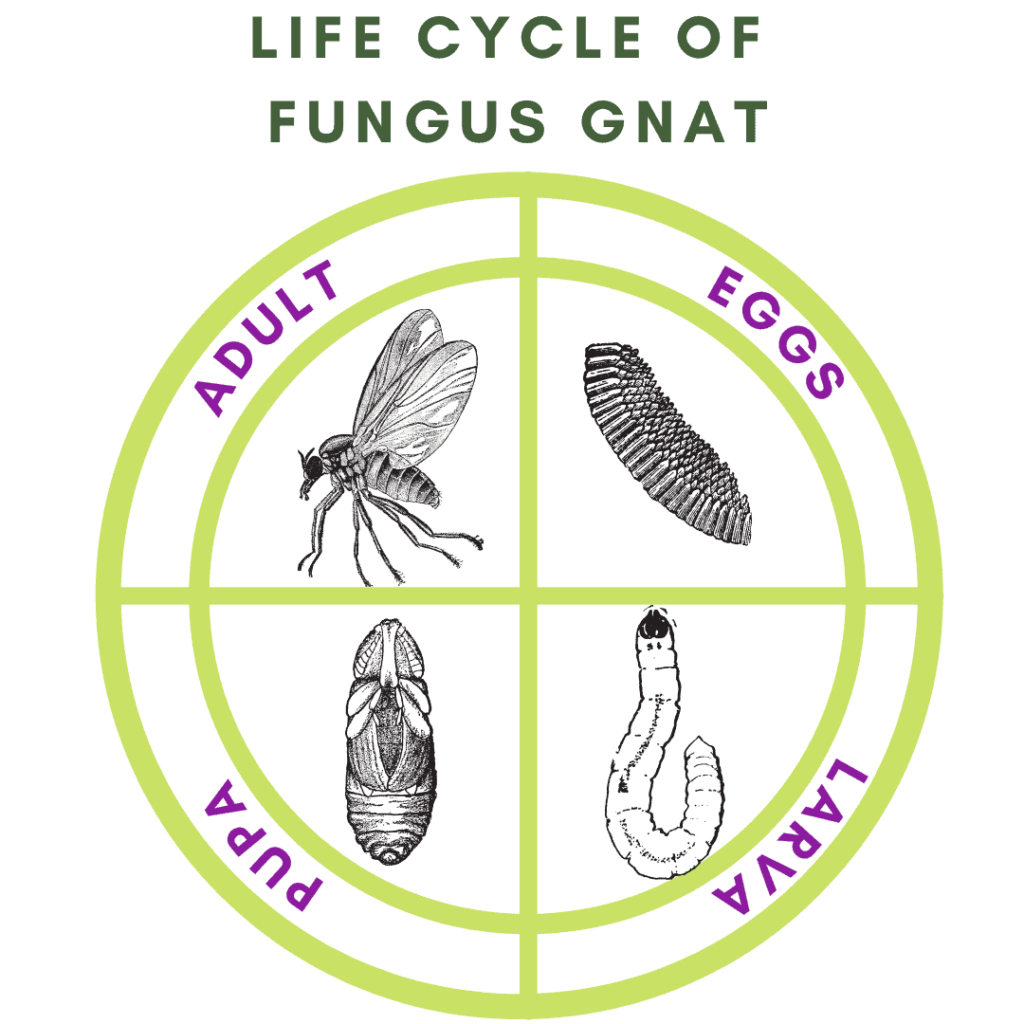
Check our video on homemade pest remedies or head over and read are Fungus Gnat Fact Check
Feed
These plants are heavy feeders and will perform much better on a regular feeding schedule. Like most houseplants, to promote healthy roots, stems, and leaves they will need a steady supply of nitrogen, phosphorus, and potassium. The most important is nitrogen as this will help to keep the leaves looking at their best.
A good liquid houseplant feed can be applied every four weeks during the growing season. There’s no need to feed during the winter, light levels are much lower and the plant won’t use as much energy to grow.
Top Tip
A drop of houseplant feed in a mister bottle is a great way to feed via its foliage. This will help to promote those glossy green leaves!
Pruning & Propagating
Hypoestes will need regular pruning to keep them looking their best. They can often develop leggy growth so keeping this trimmed back will help the plant to stay compact but also to grow more vigorously and will often lead to the plant being much healthier.
It is also best to trim off the flowers when they appear. While the flowers of Hypoestes can be nice they draw a huge amount of energy from the plant and can often leave them vulnerable to pests.
REMEMBER – Always use clean and sharp pruning scissors!
Cuttings – The easiest and the best way to propagate are to use stem cuttings. Take a cutting of around 2 inches from the healthiest-looking stem on the plant. Remove any leaves from the bottom of the cutting. Ensuring to leave at least one at the top.
Place your cutting straight into a jar with fresh sphagnum moss. This is probably the easiest way to propagate as it has the least steps involved. Simply take your cutting, find a jar or pot preferably with no drainage holes, fill it up with fresh moss and nestle your cutting in the centre.
Fill up the jar with water so the moss has been evenly watered and then drain out all excess water making sure not to leave any at the bottom of the jar.
Now just keep an eye on your new cutting checking the moss every couple of days to ensure it hasn’t dried out. This same process can be used by placing your stem cutting straight into the soil.
Repotting
It’s best to repot your Hypoestes plant once the roots fill its pot, which may happen quite quickly. Depending on the size of the plant, you may find yourself repotting once per year.
The pot size can increase by one step up every year. If you have reached your maximum pot size you will need to top-dress the plant once a year with a fresh layer of soil to replenish the nutrients.
The best time to repot your plant is when spring arrives. Outside temperatures will rise and the daylight hours will increase. When this happens your plant will react quickly to the environmental change and start producing lots of new roots and foliage growth.
You will need to pick a pot with good drainage, we don’t want water hanging around the roots. Next, fill a third of the way up with a Houseplant Potting mix(insert link). Place the root ball of the plant in the centre of the pot.
Next, fill the pot with the rest of your potting mix and firm down the soil.
When you’ve finished and got your plant back in the perfect spot you can give it a thorough watering to settle the plant into its new pot. Keep a close eye on it for the first few weeks and then relax back into your normal watering and feeding schedule.
Troubleshooting & Tips
- Faded leaf colour and leaves that are slightly curled are common signs of over-exposure or under-exposure to light.
- Browning leaves is a sign that the humidity level is too low this is more common in winter when the radiators are on taking the moisture from the air.
- Yellowing leaves are often a sign of overwatering which can go on to cause more problems like root rot or powdery mildew.
- Remove the flowers as they start to form on the plant this will help to save energy and increase the vigour of the plant
Toxicity
Hypoestes are classed as non-poisonous and non-toxic to all forms of life. But it’s still worth keeping them out of reach of both children and pets as if ingested they can cause minor digestive issues.
Species

Hypoestes Phyllostachya Polka Dot Plant
Hypoestes Phyllostachya, also known as the Polka Dot Plant, is a charmingly beautiful and whimsical plant that is sure to brighten up any space with its playful appearance. The plant features soft, delicate, small and oval-shaped, with slightly ruffled-edged in a range of shades of pink, red, and green, speckled with bright white spots that resemble polka dots.
If you enjoyed this guide head over to Articles & Blogs to learn more or check out our YouTube for even more useful information!





